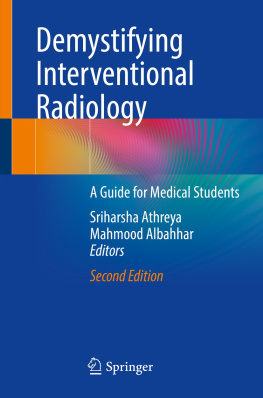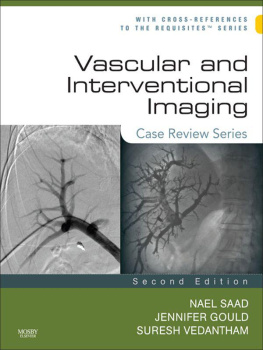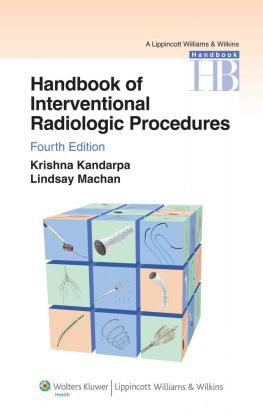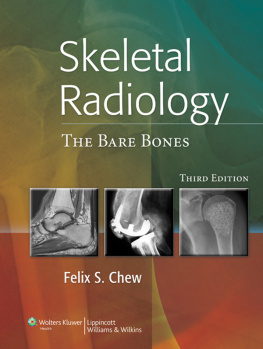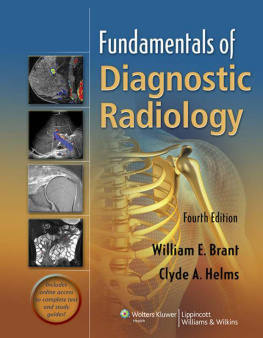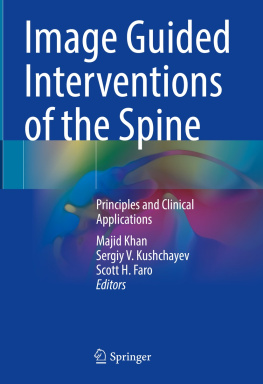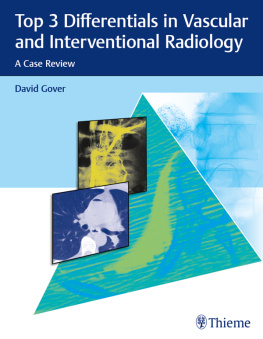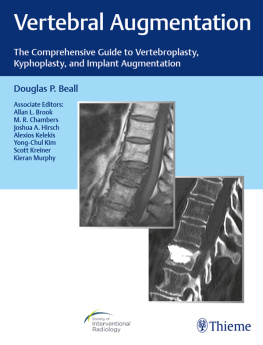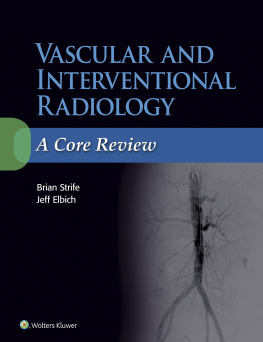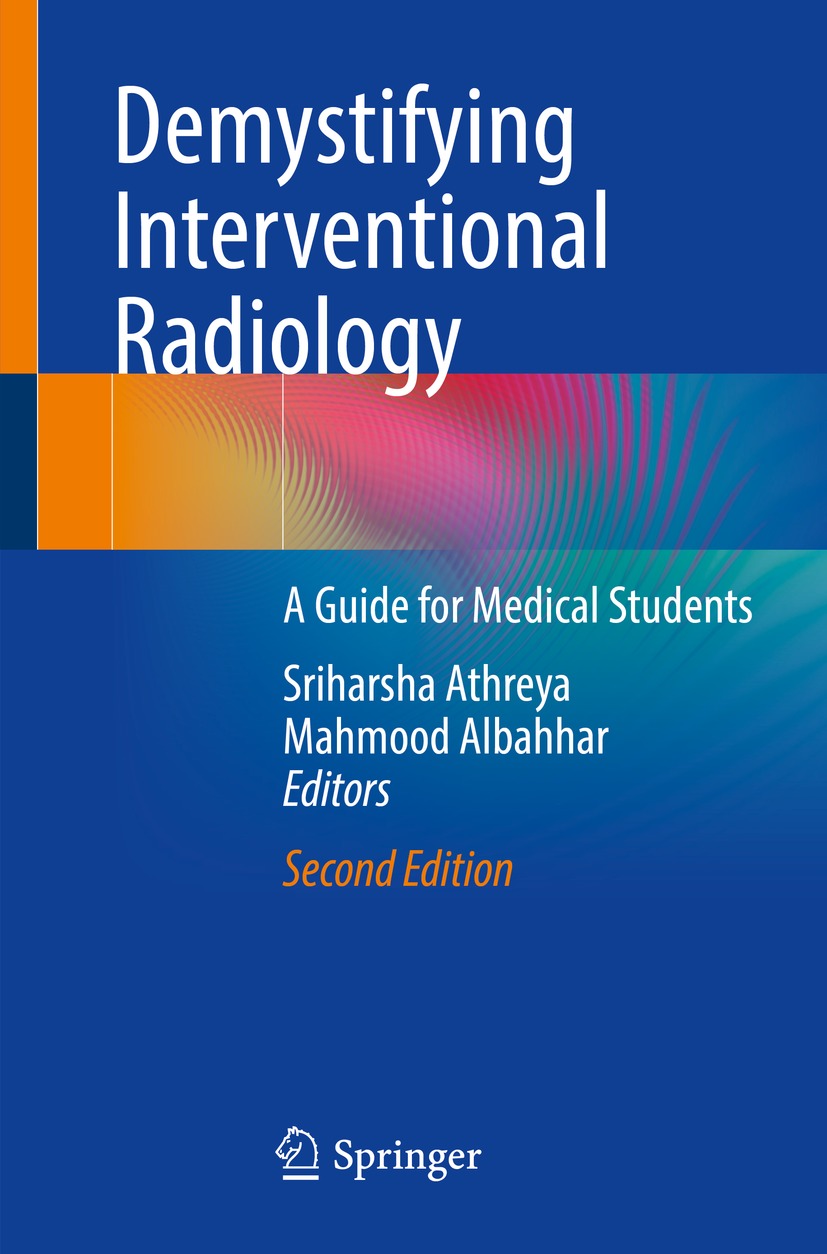Sriharsha Athreya (editor) - Demystifying Interventional Radiology: A Guide for Medical Students
Here you can read online Sriharsha Athreya (editor) - Demystifying Interventional Radiology: A Guide for Medical Students full text of the book (entire story) in english for free. Download pdf and epub, get meaning, cover and reviews about this ebook. year: 2022, publisher: Springer, genre: Romance novel. Description of the work, (preface) as well as reviews are available. Best literature library LitArk.com created for fans of good reading and offers a wide selection of genres:
Romance novel
Science fiction
Adventure
Detective
Science
History
Home and family
Prose
Art
Politics
Computer
Non-fiction
Religion
Business
Children
Humor
Choose a favorite category and find really read worthwhile books. Enjoy immersion in the world of imagination, feel the emotions of the characters or learn something new for yourself, make an fascinating discovery.
- Book:Demystifying Interventional Radiology: A Guide for Medical Students
- Author:
- Publisher:Springer
- Genre:
- Year:2022
- Rating:3 / 5
- Favourites:Add to favourites
- Your mark:
Demystifying Interventional Radiology: A Guide for Medical Students: summary, description and annotation
We offer to read an annotation, description, summary or preface (depends on what the author of the book "Demystifying Interventional Radiology: A Guide for Medical Students" wrote himself). If you haven't found the necessary information about the book — write in the comments, we will try to find it.
This book is a concise introduction to the field of interventional radiology (IR), designed to help medical students and residents understand the fundamental concepts related to image-guided interventional procedures and determine the appropriate use of imaging modalities in the treatment of various disorders. It covers the history of interventional radiology; radiation safety; equipment; medications; and techniques such as biopsy and drainage, vascular access, embolization, and tumor ablation. The book also describes the indications, patient preparation, post-procedure care, and complications for the most common interventional radiology procedures. This second edition is fully updated throughout with the latest guidelines and recommendations. Specific updates include: the role of IR outpatient clinics and patient-centered care, prostatic artery embolization, Y90 embolization, embolization for joint disease, the role artificial intelligence plays in IR, and a new chapter on structured reporting in IR. Designed for students and trainees, chapters include key points or tips and tricks and review questions. This is an ideal guide for medical students and trainees interested in pursuing interventional radiology.
Sriharsha Athreya (editor): author's other books
Who wrote Demystifying Interventional Radiology: A Guide for Medical Students? Find out the surname, the name of the author of the book and a list of all author's works by series.

